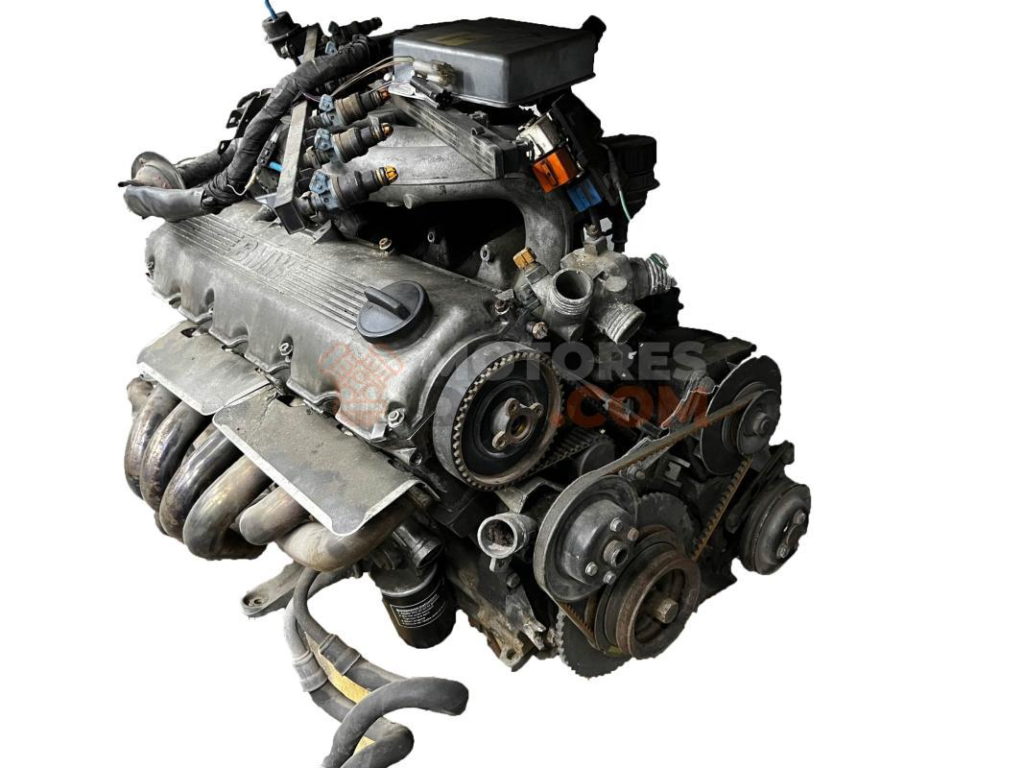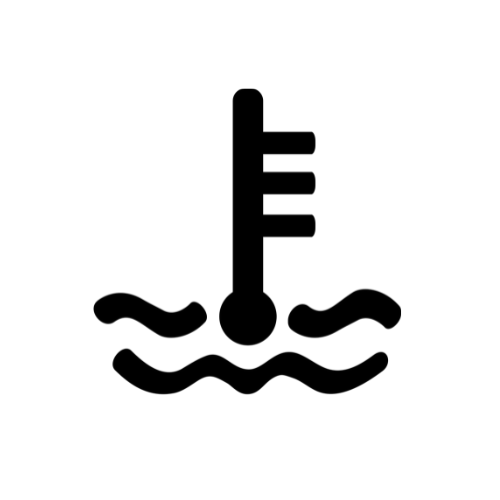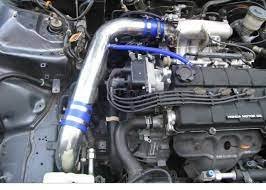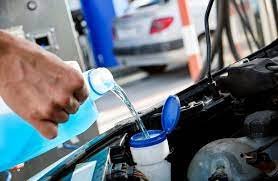How Long Can You Drive With a Coolant Leak: Risks & Tips?
You can drive with a coolant leak for a short distance, but it’s not recommended. Coolant is crucial for engine cooling, so driving with a leak could lead to overheating and serious engine damage.
It’s important to address a coolant leak as soon as possible to avoid costly repairs and potential safety hazards. Here’s what you need to know about driving with a coolant leak and the potential risks involved. A coolant leak in your vehicle can be a serious issue that needs immediate attention.
Coolant, also known as antifreeze, is responsible for regulating the engine’s temperature and preventing it from overheating. If your vehicle has a coolant leak, it can lead to a loss of coolant, which can result in the engine overheating. This can cause significant damage to the engine and other vital components, leading to costly repairs.
In this blog post, we will discuss the risks of driving with a coolant leak, how to identify a coolant leak, and what to do if you suspect your vehicle has a coolant leak.
Driving with slow coolant leak
Driving with a slow coolant leak is generally not recommended. While a slow leak might not cause immediate engine damage, it can lead to serious problems over time.
Here are some important points to consider:
- Engine Overheating: Coolant helps regulate your engine’s temperature. A leak can reduce the coolant level, causing the engine to overheat, which can lead to severe damage and expensive repairs.
- Coolant Levels: Continuously monitoring and topping off the coolant level is crucial if you choose to drive with a slow leak. Failing to do so can quickly escalate into a more significant issue.
- Leak Progression: A slow leak can worsen over time. What starts as a minor issue can turn into a major leak, potentially leaving you stranded or causing more extensive engine damage.
- Environmental Impact: Coolant leaks are harmful to the environment. Coolant contains chemicals that are toxic to animals and can contaminate water sources.
- Repair Costs: Addressing a slow coolant leak promptly can save you money in the long run. Ignoring the issue can lead to more severe damage and higher repair costs.
If you suspect a coolant leak, it’s best to have your vehicle inspected by a professional mechanic as soon as possible to prevent further damage and ensure your vehicle’s safety and reliability.
Introduction To Coolant Leak Implications

Driving with a coolant leak can lead to overheating and engine damage. It is crucial to address the issue promptly to prevent further complications. Continuing to drive with a coolant leak can result in costly repairs and potential engine failure.
A coolant leak can happen to any vehicle, and it can cause serious problems if not addressed promptly. The coolant system is crucial to the engine’s performance, and any issues with it can lead to severe damage. In this post, we will discuss the implications of a coolant leak and how long you can drive with it. We’ll also cover the initial symptoms of a coolant leak and the significance of coolant in engine performance.
Significance Of Coolant In Engine Performance
The coolant is a vital component of a vehicle’s engine. It helps regulate the temperature by absorbing heat from the engine and dissipating it through the radiator. The coolant also helps prevent corrosion and lubricates the water pump. Without adequate levels of coolant, the engine can overheat, causing severe damage and even total engine failure.
Initial Symptoms Of A Coolant Leak
It’s important to know the signs of a coolant leak to prevent further damage to the engine. The initial symptoms of a coolant leak include a sweet smell in the cabin, low coolant levels, overheating engine, and a visible puddle of coolant under the vehicle. If you notice any of these symptoms, it’s essential to address the issue promptly.
In conclusion, a coolant leak can cause significant damage to the engine if not addressed promptly. The coolant is a vital component of the engine and helps regulate the temperature. It’s important to know the initial symptoms of a coolant leak and the significance of coolant in engine performance. If you notice any signs of a coolant leak, it’s crucial to address the issue immediately to prevent further damage.
Short-term Driving With A Coolant Leak
If you notice a coolant leak in your vehicle, it is important to address the issue as soon as possible. However, in some cases, you may need to drive your car in the short-term before you can get it fixed. This section will explore the immediate effects of driving with a coolant leak, as well as the potential for overheating.
Immediate Effects On The Vehicle
Driving with a coolant leak can have immediate effects on your vehicle. Coolant is essential for regulating the temperature of your engine and preventing overheating. When coolant levels are low, your engine may start to overheat, causing a variety of issues.
Some of the immediate effects of driving with a coolant leak include:
- Increased engine temperature
- Reduced engine performance
- Steam or smoke coming from under the hood
- Engine warning light coming on
If you notice any of these symptoms, it is important to pull over and address the issue as soon as possible.
Potential For Overheating
The biggest risk of driving with a coolant leak is the potential for overheating. When your engine overheats, it can cause serious damage to your vehicle and even lead to a breakdown. If you continue to drive your car with a coolant leak, you risk causing irreversible damage to your engine.
If your engine starts to overheat, you may notice:
- A burning smell coming from under the hood
- Loud knocking or ticking sounds coming from the engine
- Smoke or steam coming from the engine
- Loss of power or stalling
Long-term Risks Of Ignoring A Coolant Leak
Ignoring a coolant leak in your vehicle can have significant long-term risks, potentially leading to costly repairs and diminished vehicle performance. One of the critical aspects of addressing a coolant leak is understanding the potential consequences of prolonged neglect.
Engine Damage Risks
Running your vehicle with a coolant leak can result in severe engine damage. The lack of adequate coolant levels can lead to overheating, which in turn can cause irreversible harm to the engine components. Continuous operation without sufficient coolant can lead to warped cylinder heads, cracked engine blocks, and damaged head gaskets, necessitating extensive and expensive repairs.
Impact On Vehicle Resale Value
A coolant leak, if left unattended, can significantly impact the resale value of your vehicle. Persistent coolant leaks can lead to corrosion and damage to engine components, which may deter potential buyers.

Assessing The Severity Of A Coolant Leak
When it comes to your vehicle’s cooling system, a coolant leak can be a cause for concern. Not only can it lead to engine overheating, but it can also result in potential damage to vital engine components. Therefore, it’s crucial to assess the severity of a coolant leak to determine the appropriate course of action. This can help prevent further complications and ensure the longevity of your vehicle.
Visual Inspection Tips
Performing a visual inspection can give you valuable insights into the severity of a coolant leak. Here are some tips to guide you:
- Start by parking your vehicle on a clean, flat surface. This will make it easier to spot any coolant stains or puddles.
- Open the hood and carefully examine the engine compartment. Look for any signs of coolant leakage such as wet spots, drips, or a sweet, pungent odor.
- Inspect the radiator, hoses, and water pump for any visible signs of damage, cracks, or loose connections.
- Check the coolant reservoir or overflow tank to ensure it is at the proper level. If it is consistently low, it may indicate a coolant leak.
- Take note of any warning lights on your dashboard, such as the temperature gauge or the “Check Engine” light. These indicators can provide additional clues about the severity of the coolant leak.
When To Consult A Professional
While a visual inspection can be informative, there are instances where consulting a professional mechanic is necessary. Consider the following scenarios:
- If you are unable to locate the source of the coolant leak or if it appears to be a complex issue, it’s best to seek professional assistance. They have the expertise and specialized tools to diagnose and repair the problem effectively.
- If your vehicle’s engine is consistently overheating or if you notice a significant loss of coolant, it’s crucial to have it inspected by a professional. Ignoring these warning signs can lead to severe engine damage.
- When your vehicle is still under warranty, it’s advisable to consult an authorized dealer or repair center. This ensures that the repairs are carried out according to the manufacturer’s specifications.
By following these visual inspection tips and knowing when to consult a professional, you can accurately assess the severity of a coolant leak. Remember, early detection and prompt action can save you from expensive repairs and potential breakdowns on the road.
Temporary Fixes For A Coolant Leak
If you notice a coolant leak in your vehicle, it’s important to address the issue as soon as possible to prevent further damage to your engine. While it is always recommended to have a professional mechanic fix the problem, there are temporary solutions that can help you get by in the meantime. In this article, we will explore two common temporary fixes for a coolant leak: stop leak products and DIY sealant solutions.
Stop Leak Products: Pros And Cons
Stop leak products are readily available in the market and offer a quick fix for minor coolant leaks. These products usually come in liquid or powder form and are designed to seal leaks in the cooling system. Here are the pros and cons of using stop leak products:
| Pros | Cons |
|---|---|
|
|
Diy Sealant Solutions
If you prefer a DIY approach, you can try using sealant solutions to temporarily fix a coolant leak. These solutions are typically made from a combination of chemicals that react and form a seal when exposed to the air. Here are some popular DIY sealant solutions:
- Pepper and Water Mixture: Mixing ground black pepper with water and pouring it into the radiator can help seal small leaks temporarily.
- Egg Whites: Adding egg whites to the coolant can create a temporary seal, but it is not a long-term solution.
- Commercial Sealant: There are commercially available sealant products specifically designed for coolant leaks. These can provide a temporary fix until you can get your vehicle to a professional mechanic.
It’s important to note that while these DIY sealant solutions can provide a temporary fix, they are not a permanent solution. It’s always best to have a coolant leak repaired by a professional mechanic to ensure the long-term health of your vehicle.
Preventive Measures To Avoid Coolant Leaks
Regular Maintenance Schedule
Regular maintenance of your vehicle is crucial in preventing coolant leaks. Make sure to schedule routine inspections with a certified mechanic to check for any signs of coolant leaks. This will help in detecting and addressing any potential issues before they escalate.
Quality Coolant Selection
Choosing a high-quality coolant is essential in maintaining the integrity of your vehicle’s cooling system. Opt for coolants that are compatible with your specific car model and follow the manufacturer’s recommendations. Using the right coolant can prevent corrosion and extend the lifespan of your vehicle’s cooling components.
Professional Repair Options
If you notice a coolant leak, it’s crucial to address it promptly to avoid engine damage. Driving with a coolant leak can lead to overheating and potential engine failure. Seek professional repair options to prevent further issues on the road.
Choosing The Right Mechanic
Cost Estimation And Timeframe
When faced with a coolant leak, seeking professional repair options is crucial to prevent further damage. Below, we explore the key factors to consider when deciding on professional repair for your vehicle.
Choosing The Right Mechanic
- Look for certified mechanics with experience in coolant leaks.
- Ask for recommendations from friends or online reviews.
- Ensure the mechanic provides a warranty for their work.
Cost Estimation And Timeframe
| Repair Type | Cost Estimate | Timeframe |
|---|---|---|
| Coolant Hose Replacement | $100-$300 | 1-2 hours |
| Radiator Leak Repair | $200-$600 | 2-4 hours |
| Water Pump Replacement | $300-$750 | 2-4 hours |
Conclusion: The Importance Of Addressing Coolant Leaks Promptly
Conclusion: The Importance of Addressing Coolant Leaks Promptly
Safety And Reliability Concerns
Driving with a coolant leak can lead to engine overheating, posing safety risks.
- Loss of coolant may cause engine to overheat quickly.
- Engine overheating can result in breakdown or accidents.
Longevity Of Vehicle Lifespan
Ignoring coolant leaks can shorten your vehicle’s lifespan significantly.
- Continued driving with leaks can damage engine components.
- Repairing leaks promptly helps extend your vehicle’s lifespan.
Conclusion
Driving with a coolant leak can lead to serious engine damage. It’s crucial to address leaks promptly to avoid costly repairs or breakdowns. Regular maintenance and inspections can prevent potential risks and ensure a safe driving experience. Stay proactive and prioritize your vehicle’s health.

At CoolantInCar, we are dedicated to demystifying the world of engine coolant and cooling systems.



